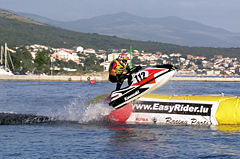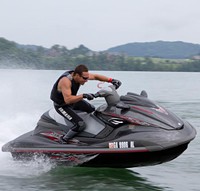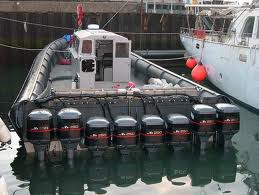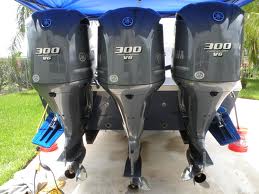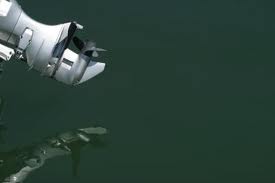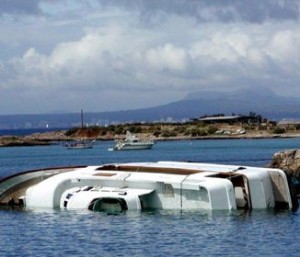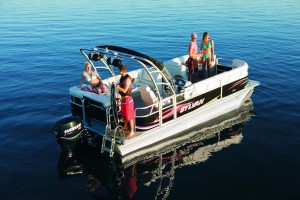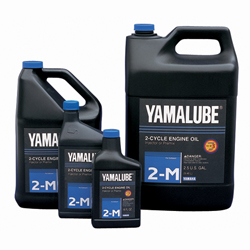Starting an Outboard Motor
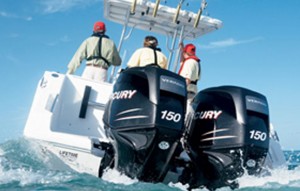 Yesterday, as the kick off for Refresher Week, I wrote a brief post about storing bulk oil. Today I’m specifically posting for boating beginners by covering how to start an outboard motor. Now, if you seasoned boaters are laughing, keep in mind that learning how to master an outboard is no easy task. Here are some step by step directions:
Yesterday, as the kick off for Refresher Week, I wrote a brief post about storing bulk oil. Today I’m specifically posting for boating beginners by covering how to start an outboard motor. Now, if you seasoned boaters are laughing, keep in mind that learning how to master an outboard is no easy task. Here are some step by step directions:
Start by facing the motor and checking to see if the motor back is in the locked up position. If it is, proceed by opening the tank vent and then moving the gearshift lever to neutral. Next, set the choke between half and full, adjust the throttle to start, and prime the fuel system until it feels firm. Now, pull the starter chord (or press the starter button if you have an electric starter). Reduce the choke and throttle once the motor gets going.



